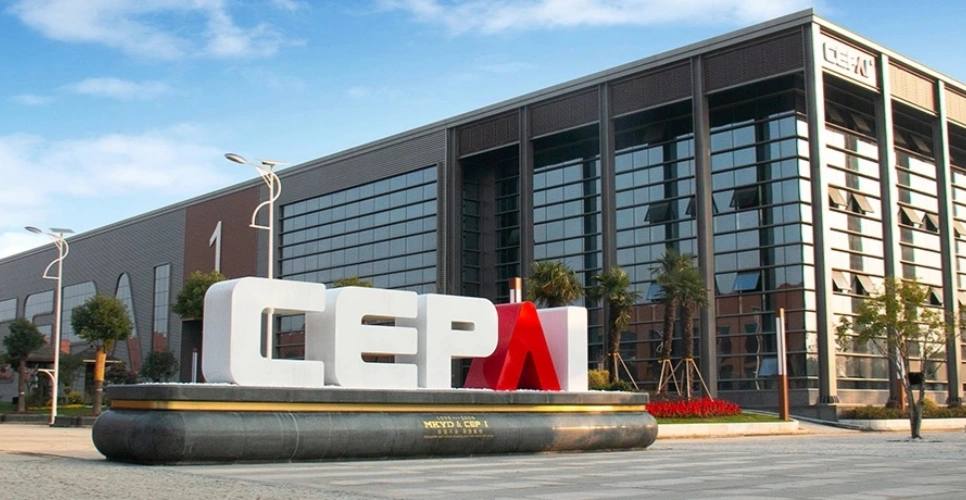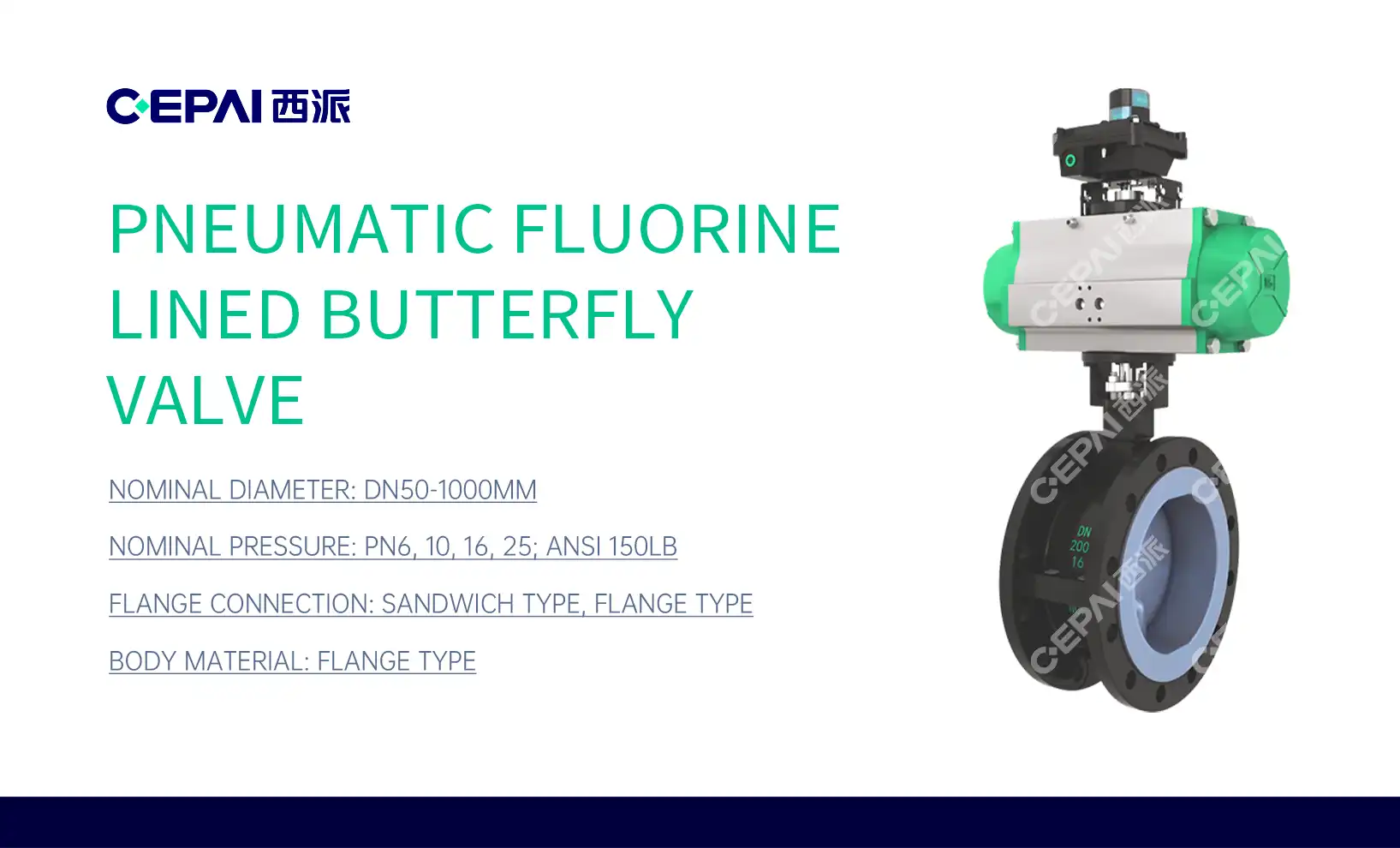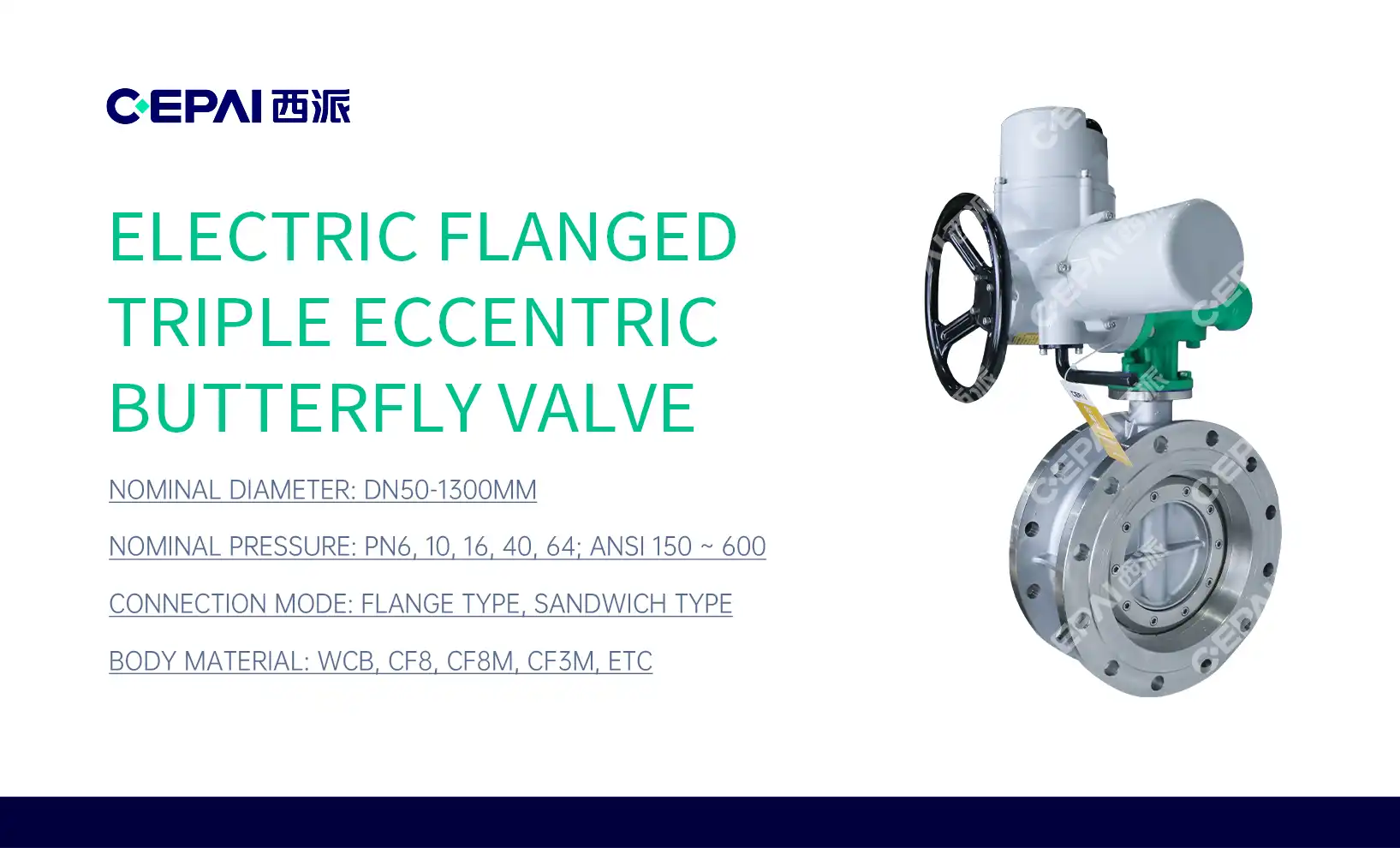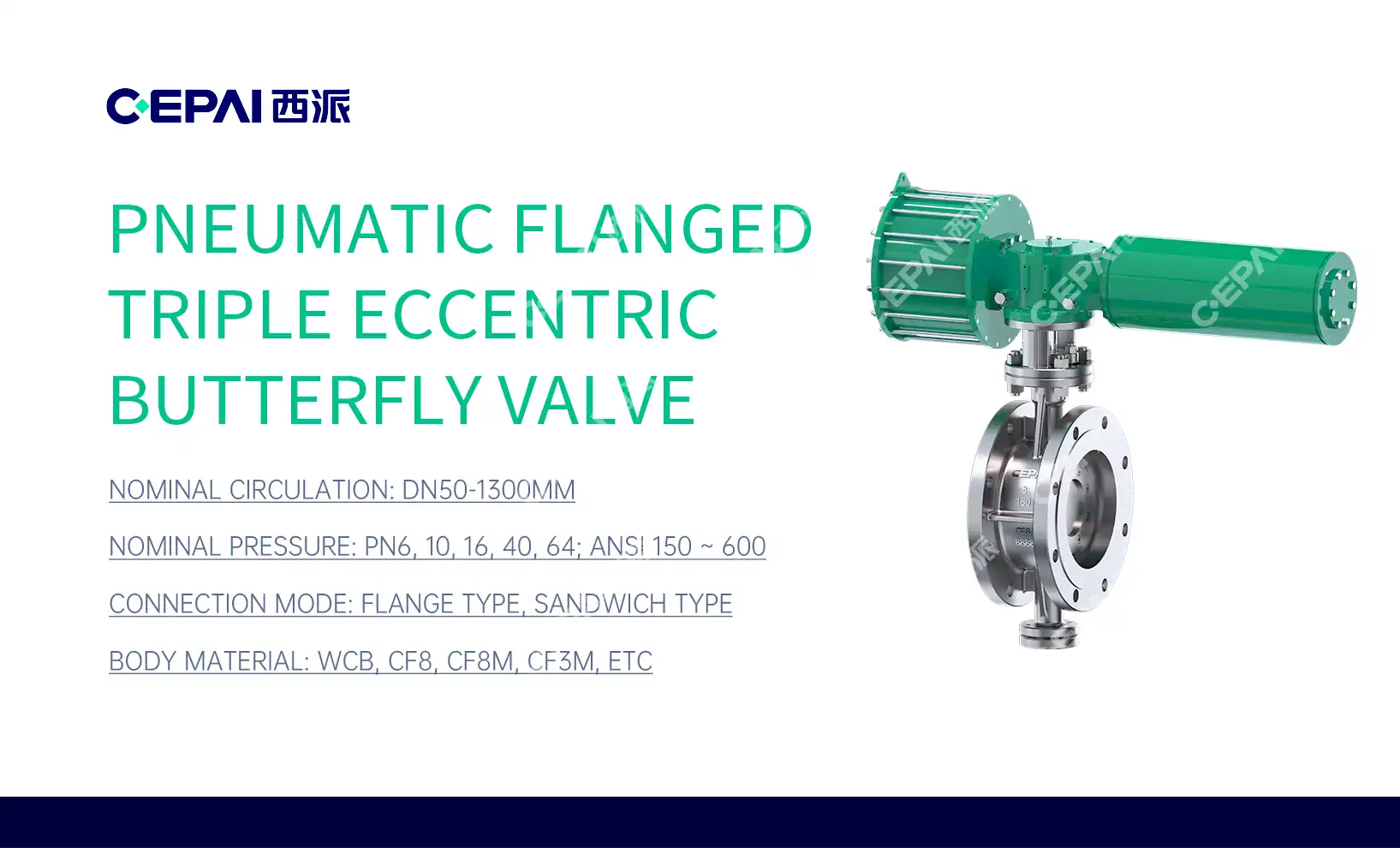Understanding Metal Butterfly Valves and Their High-Temperature Capabilities
Composition and Design of Metal Butterfly Valves
Metal butterfly valves are essential components in various industrial applications, particularly those involving high-temperature environments. These valves consist of a circular disc that rotates on an axis to control flow. The body, disc, and stem are typically constructed from durable metals such as stainless steel, carbon steel, or specialized alloys. The design of metal butterfly valves allows for excellent flow control and tight shut-off capabilities, making them ideal for applications where precise regulation is necessary.
Temperature Ratings and Material Considerations
When selecting a metal butterfly valve for high-temperature applications, it's crucial to understand temperature ratings and material considerations. Different metals and alloys have varying heat resistance properties. For instance, austenitic stainless steels like 316 or 321 offer good corrosion resistance and can withstand temperatures up to 800°C (1472°F). For even higher temperatures, specialty alloys such as Inconel or Hastelloy may be necessary. It's important to consider not only the maximum temperature rating but also the valve's performance across the entire operating temperature range.
Advantages of Metal Butterfly Valves in High-Temperature Settings
Metal butterfly valves offer several advantages in high-temperature environments. Their compact design allows for easy installation in tight spaces, while their lightweight construction reduces stress on piping systems. The quarter-turn operation provides quick opening and closing, which can be crucial in emergency situations. Additionally, metal butterfly valves typically require less torque to operate compared to other valve types, leading to reduced actuator size and energy consumption. Their ability to handle bi-directional flow and provide tight shut-off makes them versatile choices for various high-temperature applications.
Key Factors to Consider When Choosing a Metal Butterfly Valve for High-Temperature Use
Temperature and Pressure Requirements
When selecting a metal butterfly valve for high-temperature applications, it's essential to carefully evaluate the specific temperature and pressure requirements of your system. Consider both the maximum and minimum temperatures the valve will encounter during operation, as well as any potential temperature fluctuations. Pressure ratings are equally important, as high temperatures can affect a valve's pressure-handling capabilities. Ensure that the chosen valve can withstand the combined effects of temperature and pressure without compromising its integrity or performance.
Material Compatibility and Corrosion Resistance
The selection of appropriate materials for the metal butterfly valve body, disc, and stem is critical in high-temperature environments. Consider the chemical composition of the media flowing through the valve and any potential corrosive elements. Stainless steel grades like 316 or 321 offer good corrosion resistance for many applications, but more aggressive environments may require specialized alloys. Pay particular attention to the valve's sealing elements, as these are often the most vulnerable to temperature-related degradation. Choose materials that can maintain their properties and resist chemical attack at elevated temperatures.
Seat and Seal Materials for High-Temperature Applications
The seat and seal materials play a crucial role in the performance of metal butterfly valves in high-temperature settings. Traditional elastomeric seats may not be suitable for extreme temperatures, necessitating the use of high-performance materials. Options such as PTFE, RTFE, or metal-to-metal seats should be considered based on the specific temperature range and media. For applications above 260°C (500°F), metal seats or specialized high-temperature polymers may be required. It's important to balance the need for temperature resistance with other factors such as chemical compatibility and wear resistance to ensure optimal valve performance and longevity.

Advanced Features and Considerations for High-Temperature Metal Butterfly Valves
Thermal Expansion and Stress Management
In high-temperature applications, thermal expansion of valve components can significantly impact performance and longevity. Advanced metal butterfly valves incorporate design features to manage thermal stress and expansion. This may include the use of expansion joints, flexible disc designs, or materials with similar thermal expansion coefficients. Some valves employ innovative stem designs that allow for axial movement, reducing stress on sealing surfaces. When selecting a valve, inquire about its thermal management features and how they contribute to maintaining seal integrity and operational reliability across a wide temperature range.
Actuation and Control Systems for Extreme Temperatures
The actuation and control systems of metal butterfly valves must also be capable of withstanding high temperatures. Pneumatic, hydraulic, or electric actuators should be selected based on their temperature ratings and compatibility with the valve design. In extreme temperature environments, special considerations may be necessary, such as the use of extended bonnet designs to isolate actuators from heat sources. Advanced control systems with temperature compensation algorithms can ensure precise valve positioning and control even as temperatures fluctuate. When specifying a valve, consider the entire system, including actuators, positioners, and control elements, to ensure seamless operation in high-temperature conditions.
Maintenance and Longevity Considerations
Maintenance requirements and long-term reliability are critical factors when choosing metal butterfly valves for high-temperature applications. Look for valves designed with features that facilitate easy maintenance, such as replaceable seats or seals that can be changed without removing the valve from the line. Consider the valve's expected lifespan under high-temperature conditions and factor in the cost of potential downtime for maintenance or replacement. Some advanced valve designs incorporate self-cleaning mechanisms or special coatings that reduce wear and extend service intervals. Evaluate the manufacturer's track record in producing durable valves for high-temperature environments and their ability to provide ongoing support and spare parts.
Conclusion
Choosing the right metal butterfly valve for high-temperature applications requires a comprehensive approach that considers various factors. By carefully evaluating temperature and pressure requirements, material compatibility, and advanced features, you can select a metal butterfly valve that ensures optimal performance and longevity. Remember to consider the entire system, including actuation and control components, and prioritize long-term reliability and maintenance needs. Consulting with experienced valve manufacturers and engineers can provide valuable insights and help you make an informed decision. With the right metal butterfly valve, you can enhance the efficiency and safety of your high-temperature operations while minimizing downtime and maintenance costs.
FAQs
1. What is the maximum temperature a metal butterfly valve can handle?
The maximum temperature depends on the valve's materials and design, but some can handle up to 1000°C (1832°F) or more.
2. How often should metal butterfly valves be maintained in high-temperature applications?
Maintenance frequency varies based on operating conditions, but typically ranges from 6 months to 2 years.
3. Can metal butterfly valves be used for steam applications?
Yes, specially designed metal butterfly valves can handle steam applications effectively.
4. What materials are best for high-temperature metal butterfly valve seats?
Metal seats or high-performance polymers like PTFE or RTFE are often used for high-temperature applications.
5. How do I ensure proper sizing of a metal butterfly valve for high-temperature use?
Consider factors such as flow rate, pressure drop, and temperature-related changes in media properties when sizing the valve.
Expert Metal Butterfly Valve Solutions for High-Temperature Applications | CEPAI
CEPAI Group specializes in manufacturing high-quality metal butterfly valves designed for extreme temperature environments. Our valves undergo rigorous testing and comply with international standards, ensuring superior performance and reliability. With our advanced manufacturing capabilities and commitment to innovation, we offer customized solutions that meet the most demanding industrial requirements. For expert guidance on selecting the right metal butterfly valve for your high-temperature application, contact our experienced team at cepai@cepai.com.

References
Smith, J. (2022). Advanced Valve Technologies for High-Temperature Applications. Journal of Industrial Engineering, 45(3), 78-92.
Johnson, R., & Williams, T. (2021). Materials Science in Valve Design: High-Temperature Considerations. Materials Today, 18(2), 156-170.
Brown, A. (2023). Thermal Management Strategies for Industrial Valves. Chemical Engineering Progress, 119(5), 45-58.
Lee, S., & Park, H. (2022). Corrosion Resistance of Valve Materials in Extreme Environments. Corrosion Science, 185, 109988.
Thompson, G. (2021). Advancements in Butterfly Valve Design for Process Industries. Industrial Valve Quarterly, 33(4), 22-35.
Davis, M. (2023). Optimizing Valve Performance in High-Temperature Oil and Gas Applications. Petroleum Technology Journal, 75(2), 89-103.

_1746598525968.webp)



